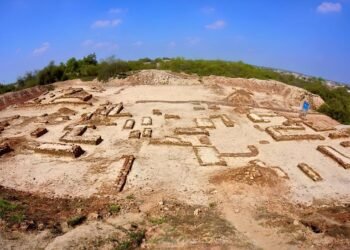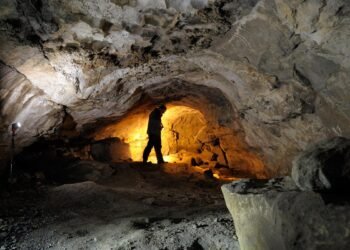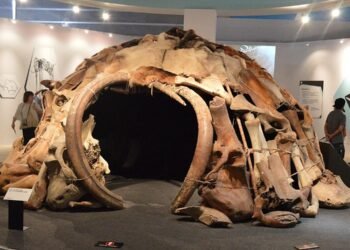A team of archaeologists from Södertörn University has made an exciting discovery on Gotska Sandön, an isolated island in the Baltic Sea, located between Sweden and Estonia.

While conducting excavations on the island as part of a joint research project with Campus Gotland and the Gotland Museum, the team found two Roman silver coins.
This finding has puzzled the team as contact between the Swedes and the Romans during the Roman Period was limited, although there is archaeological evidence of a growing trading network for Roman goods in Svealand
A North Germanic tribe lived in Svealand (“land of the Swedes”) in central Sweden during the Roman era.
The excavations carried out by the team have uncovered silver denarii from the Roman period. Among these coins, one depicts Trajan, the emperor who ruled from 98 CE to 117 CE, while the other portrays Antoninus Pius, who reigned from 86 CE to 161 CE.
Johan Rönnby, a professor of marine archaeology at Södertörn University, described the discovery as exciting, as it raises several questions about the site.
He expressed his enthusiasm about the finds and said that they make the site more fascinating. The team had no prior knowledge of the coins, and their discovery has been a significant event for the ongoing archaeological project, which began in 2020.
Despite the fact that the Romans had knowledge of the Baltic area and had sailed as far as Scotland, there are no recorded historical accounts of their voyages describing Gotska Sandön.
Therefore, it remains uncertain whether they were the ones who brought the recently discovered coins to the island.
The team believes that the coins could have come from a shipwreck on the Sandön coast, where they have already found several remnants of ancient fireplaces and hearths.
It is unclear whether these hearths are related to a period of settlement or the production of seal oil on the island, but the team intends to conduct further investigations later this year.
Rönnby stated that coins from the Roman Empire were always valuable due to the silver content, which could have kept them in circulation for a long time.
It is possible that Norse traders, seeking shelter from storms at sea, may have brought the coins to Gotska Sandön.
According to Daniel Langhammer, an officer at the County Administrative Board of Gotland, finding Roman silver coins is not unusual on Gotland, but it is unusual on Gotska Sandön, making this discovery significant and interesting due to its location.
Langhammer stated that the origin of the coins might remain a mystery forever since experts do not have a clear understanding of where they came from.
In addition, the island was previously visited by seal hunters and summertime fishermen, further adding to the mystery of how the coins arrived there.
While Roman coins have been discovered on the larger island of Gotland, this is more expected as it was the location of several towns. Gotska Sandön, however, has no towns or villages, making the discovery even more intriguing.























